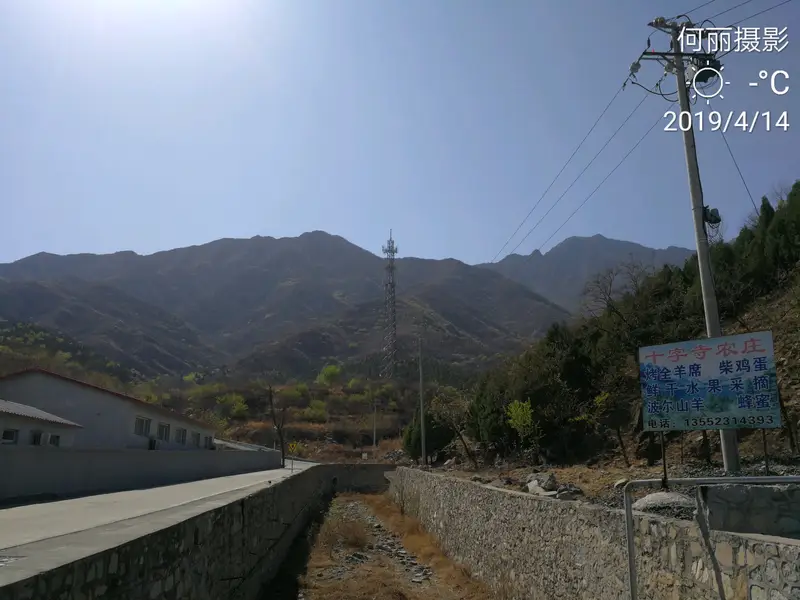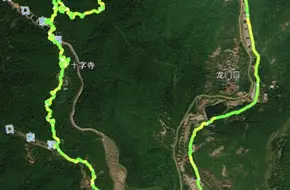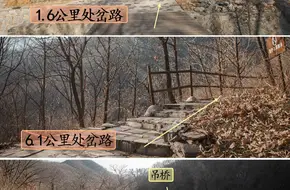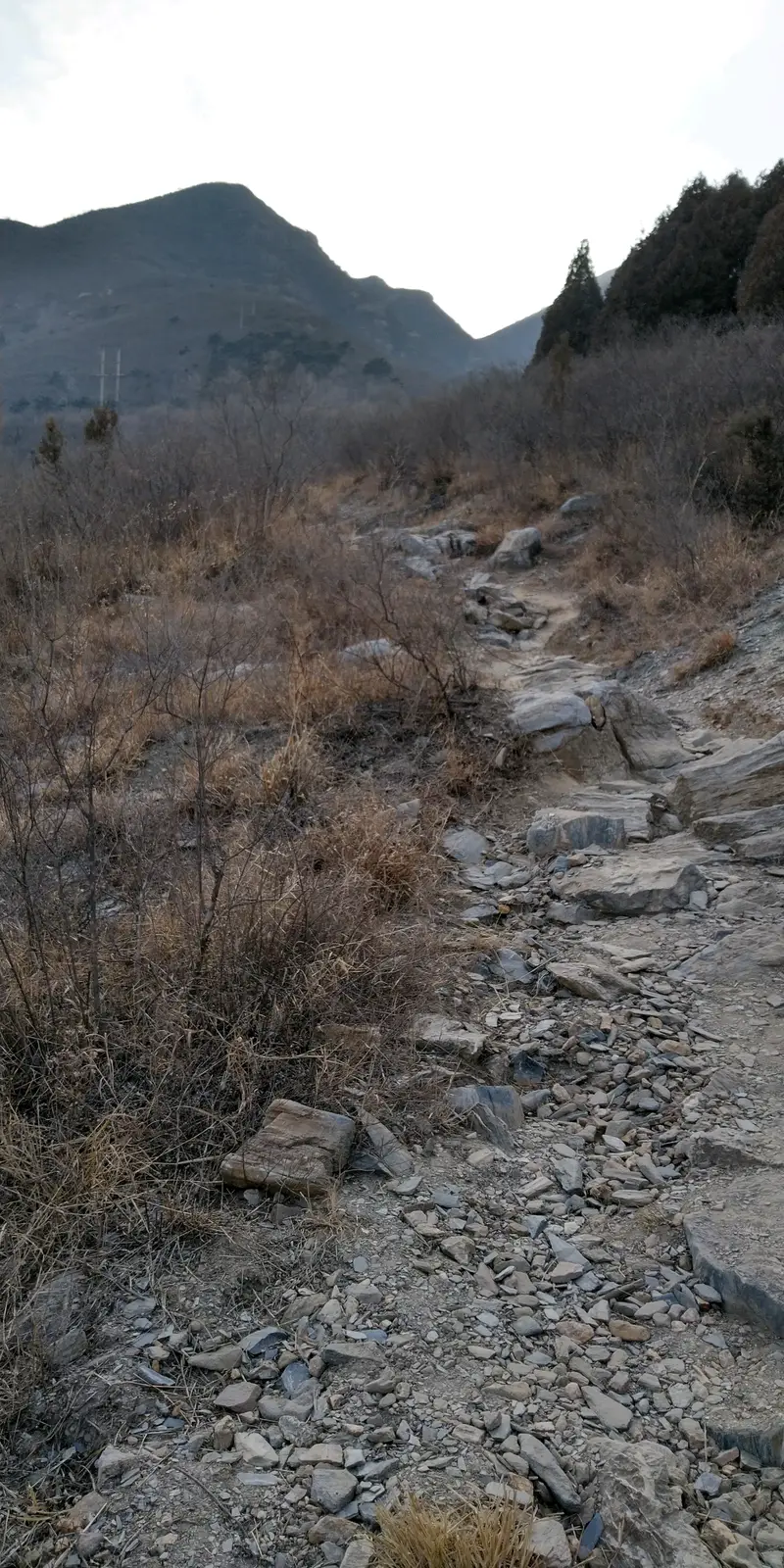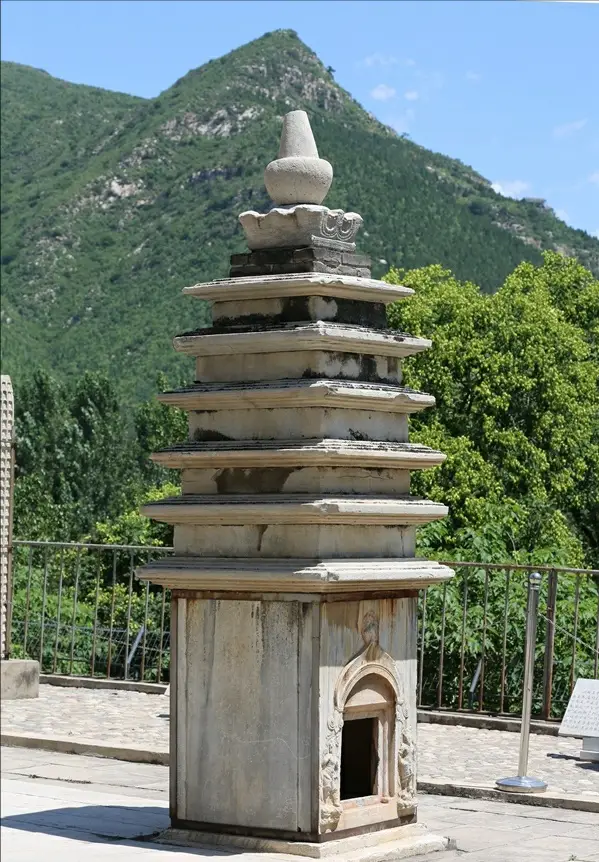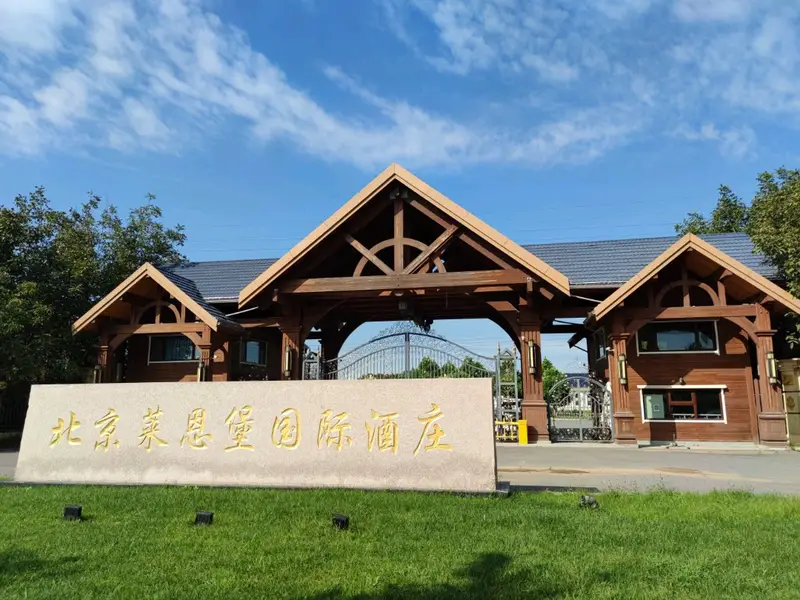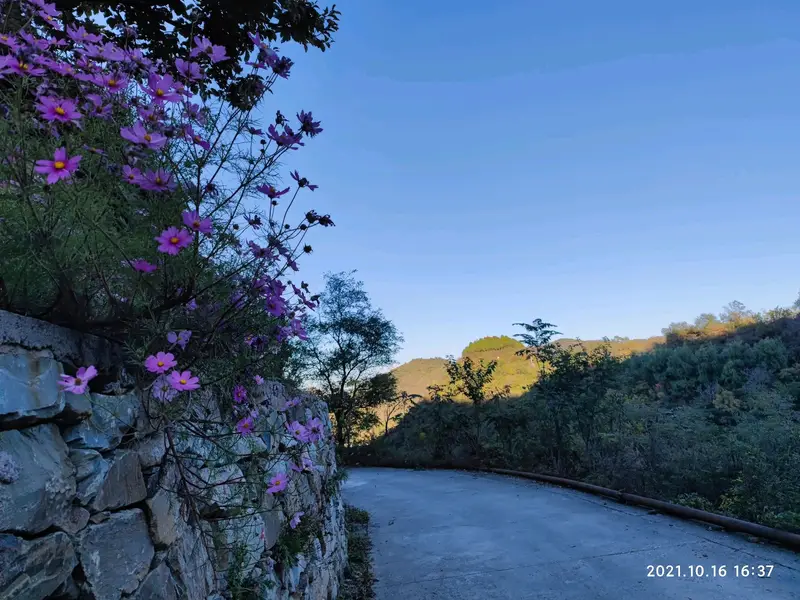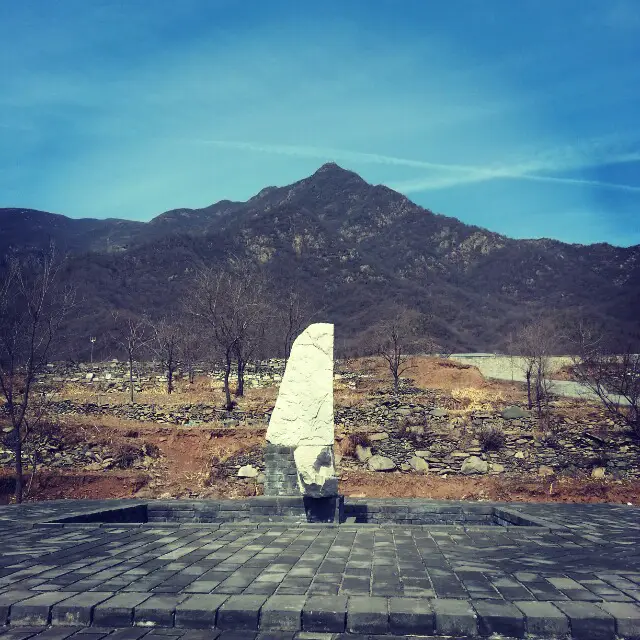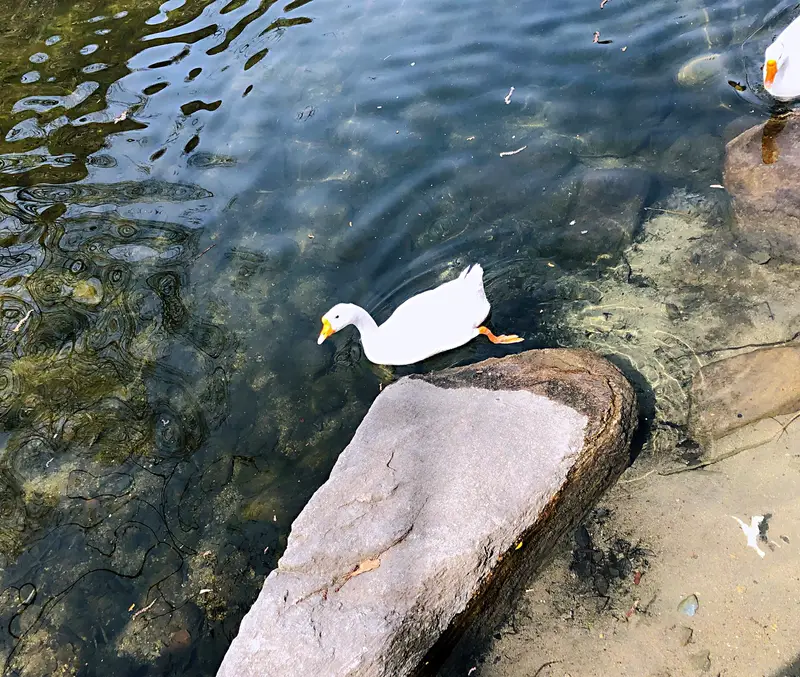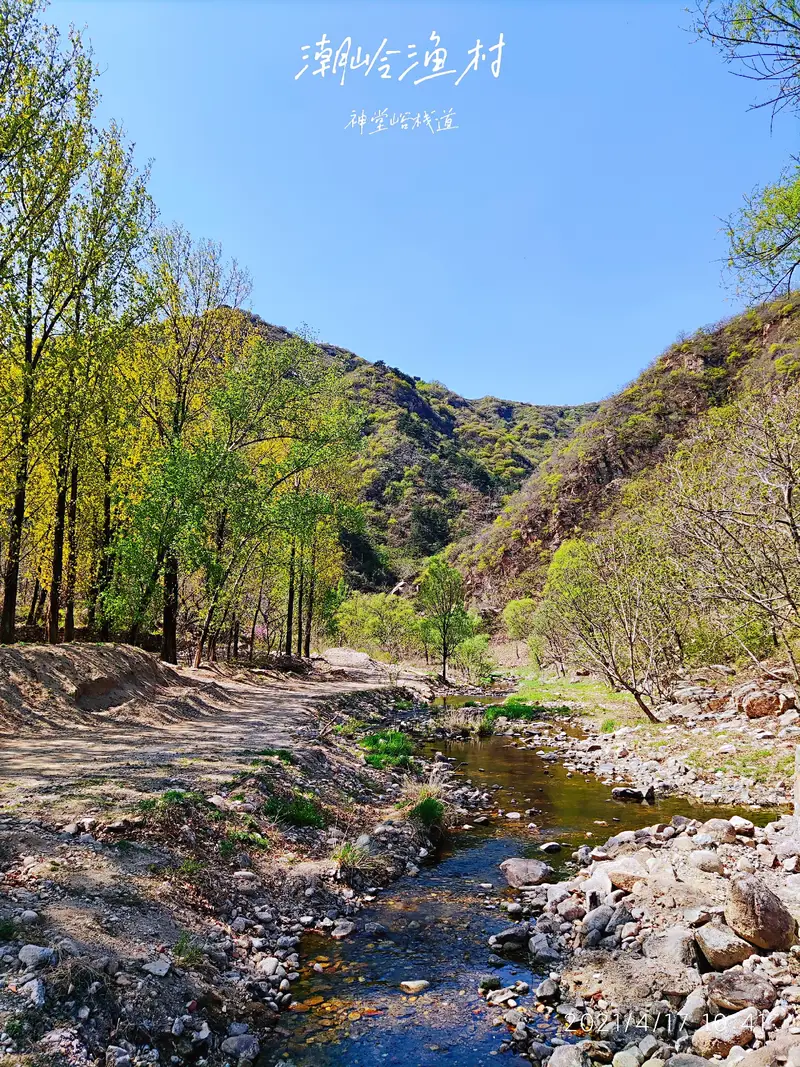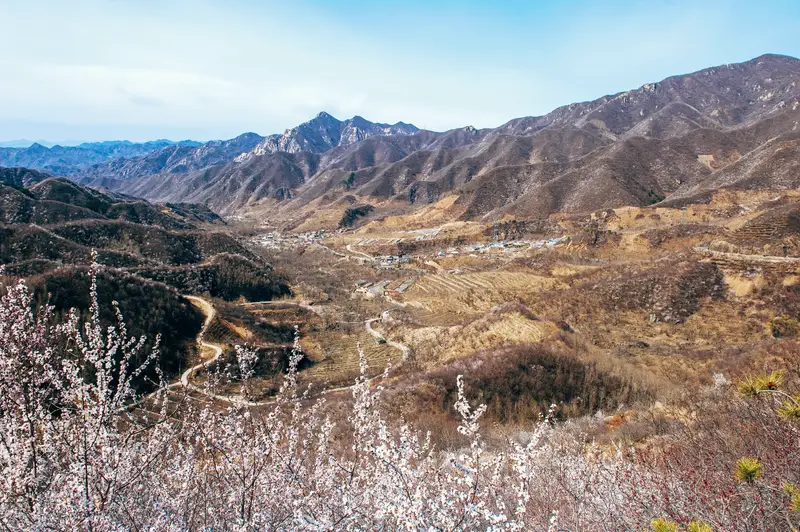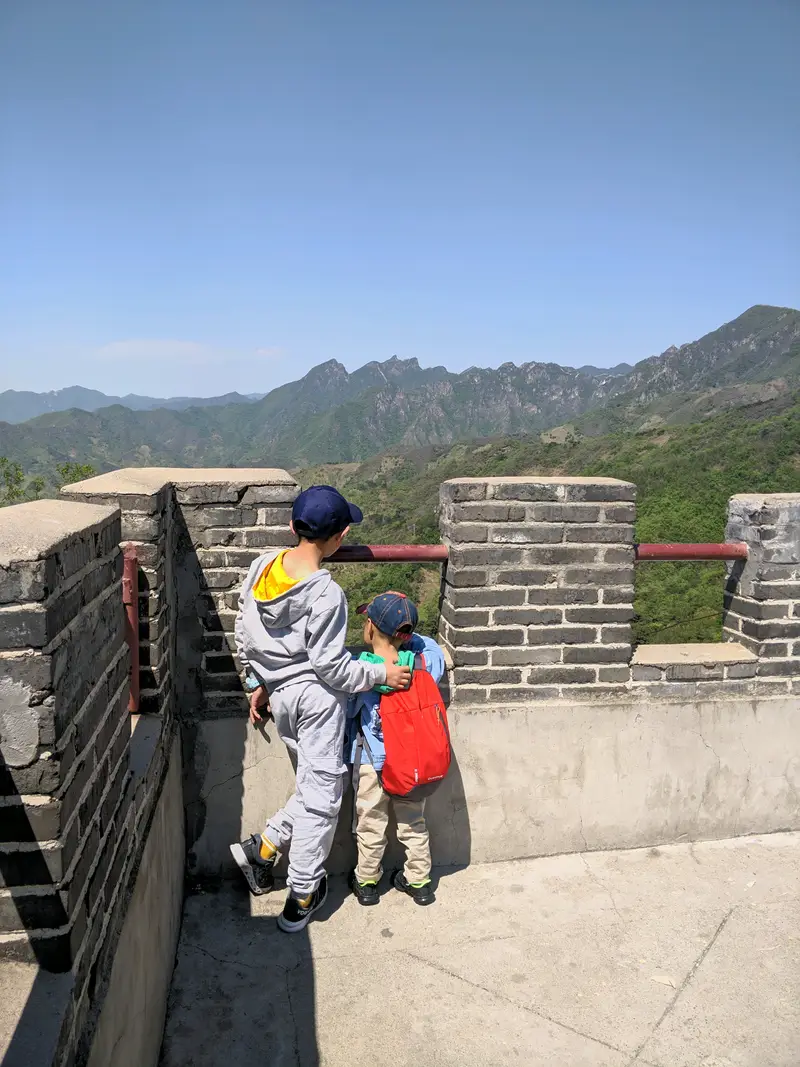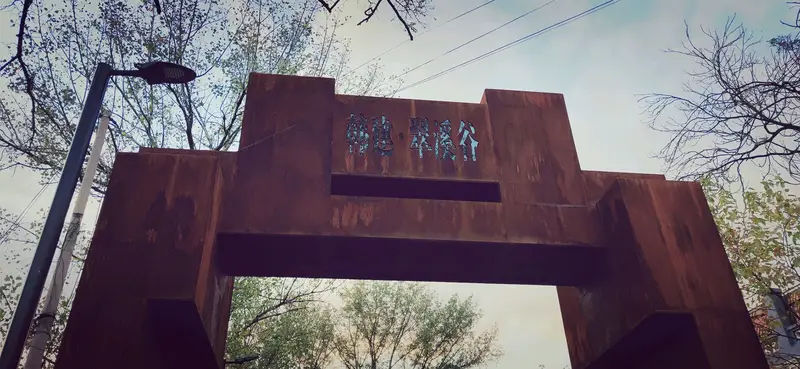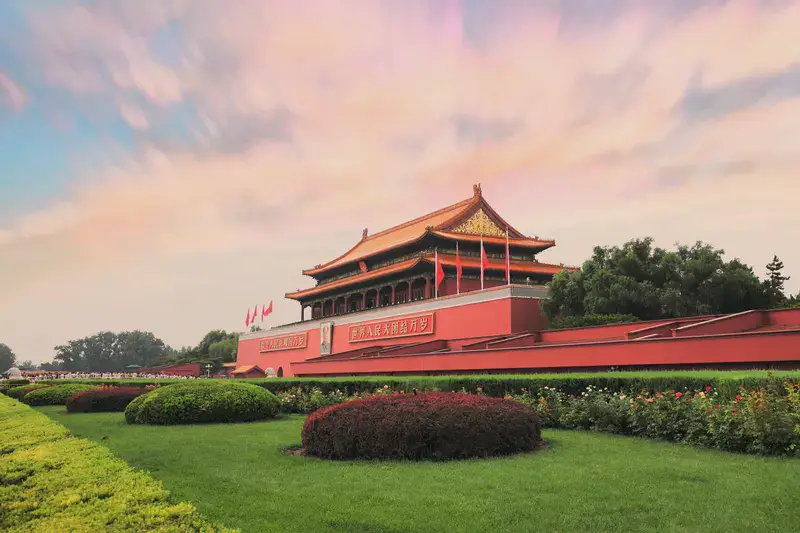Jinling Ruins - Nine Dragons Mountain Scenic Area sits in Fangshan District, about 1.5 hours southwest of Beijing’s downtown. The address is straightforward: Nine Dragons Mountain, Chechang Road, Fangshan. To get there, you can drive along the G5 highway and take the exit for Fangshan. If public transport is your thing, take Subway Line 1 to Apple Garden Station, then transfer to a local bus (ask around for “Jindingling” or “Longmenguan” routes). A taxi from the subway station costs around ¥50.
Natural Scenery: Mountains, Water, and Fresh Air
Nine Dragons Mountain isn’t just a name—the area lives up to its dramatic title. Imagine rolling hills covered in lush trees, especially in spring and autumn when the greens turn into a golden tapestry. A winding river cuts through the valley, perfect for quiet walks or picnics. The air here feels cleaner, maybe because you’re far from the city’s hustle. For hikers, there are trails that loop around the mountains, offering surprise views of old temples or hidden caves. Bring sneakers and a camera—you’ll want photos of the sunrise over the peaks.
History Lessons at Jinling Ruins
The “Jinling” part refers to an ancient site linked to the Jin Dynasty (1115–1234). Back then, this was a royal hunting ground. Wandering through the ruins, you’ll see stone foundations of palaces and walls carved with dragon motifs. It’s like stepping into a time machine! Guides often share stories about emperors who once roamed these woods. Even if you’re not a history buff, the peaceful vibes and ancient architecture make it worth a stroll.
Cultural Highlights: Temples and Legends
Inside the scenic area, you’ll find Lingque Temple, a Buddhist spot with colorful statues and prayer flags. Locals say the temple’s name means “Soul Return,” tied to a legend where dragons guarded the afterlife. Skeptical? The temple’s rooftop view of the surrounding mountains might convince you. Nearby, Dragon Gate Pass (a natural rock arch) is Instagram gold, especially at sunset. Pro tip: Ask staff about the “Nine Dragons” folklore—they’ll explain how the mountains’ shape inspired the name.
Practical Stuff: Amenities and Tips
The visitor center has maps, snacks, and clean restrooms. Parking is free (a nice change from central Beijing!). If you work up a sweat hiking, there’s a small café with tea and dumplings. Weekdays are less crowded, but weekends buzz with families. Wear comfy shoes—some paths are rocky. Bring cash for souvenirs (local honey and mountain tea are popular).
What to Expect: A Day Trip Worth It
Spending 4–6 hours here is ideal. Start with the ruins, then hike up for panoramic views. Chat with the friendly guides (they love sharing stories!). End your day at the riverside—it’s surprisingly peaceful. If you’re lucky, you’ll spot wild birds or hear monks chanting. This place feels like a secret escape, even though it’s close to Beijing. Perfect for anyone who wants nature, history, and a break from tourist crowds.


